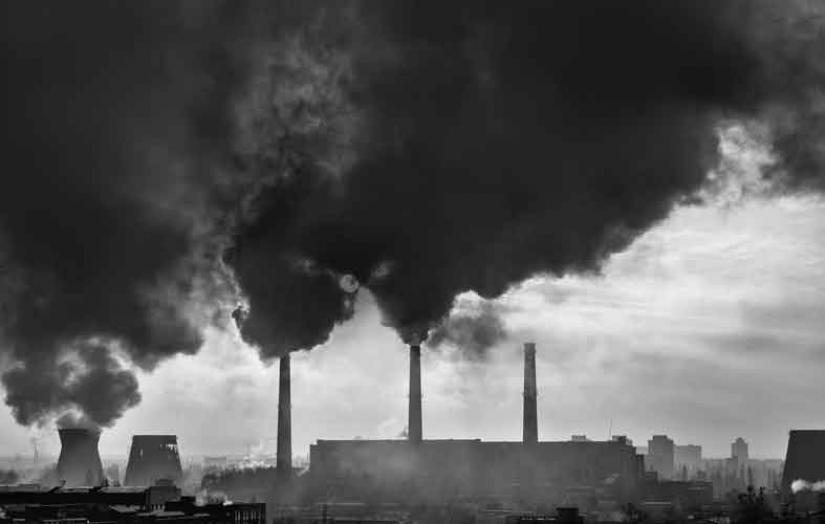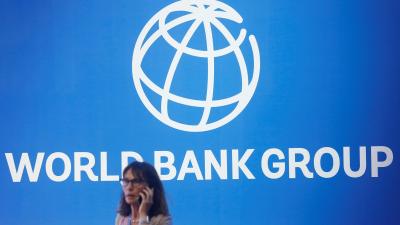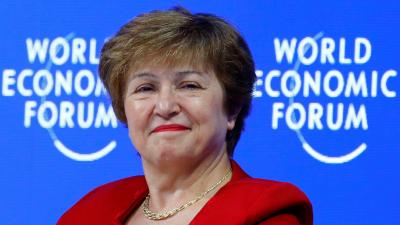 Bangladesh’s plan to expand its coal-fired power plants is completely inconsistent with the Paris Agreement, which the country is a signatory to, a United Nations-led report that was published last week has cautioned.
Bangladesh’s plan to expand its coal-fired power plants is completely inconsistent with the Paris Agreement, which the country is a signatory to, a United Nations-led report that was published last week has cautioned.
The report, “Decarbonising South and South East Asia,” which was released on June 20, states that Bangladesh is planning to triple its coal-fired power generation capacity; the report projected it to reach a share of 35% by 2041.
“Expansion of coal-fired power generation is at odds with the goal of stable electricity provision to underserved communities. This expansion risks locking Bangladesh into a carbon-intensive development path, and will prevent Bangladesh from reaping the benefit of cheap, clean renewable energy,” states the report, published under a joint initiative of the UN Environment Program (UNEP) and Asian Development Bank (ADB), funded by the Global Environment Facility (GEF).
Taking both the operational and under-construction plants into account, the report estimates that Bangladesh currently has a 5,761MW power generation capacity using coal, which the country plans to more than triple to 18,434MW.
“Relative to the current fleet size, Bangladesh plans to increase coal-based capacity threefold, and the Philippines aims to nearly double the size of its coal-based capacity. As a consequence of coal power capacity additions, resulting emissions have been increasing steadily in the region (South and Southeast Asia) in the last 30 years,” the report states.
The report also raises concern that plans for major new coal deployment in the region would endanger the achievement of the Paris Agreement temperature goal, which requires fast reduction of coal emissions. “It would also undermine sustainable development objectives,” it adds.
The report says South and Southeast Asian countries account for half of the planned expansion of the global coal power. The region is home to the world’s five most climate vulnerable countries, including Bangladesh.
“India, Vietnam, and Indonesia alone account for over 30% of this planned expansion, but an important share of these plans comes from emerging economies whose energy systems have not depended on coal heavily in the past. These include Bangladesh, Pakistan, Philippines, Thailand, Myanmar, (and) Cambodia, which together account for over 13% of the planned expansion of the global fleet,” the report says.
Climate Analytics, a German non-profit climate science and policy institute, prepared this report at a time when a huge movement is waged in Germany against burning coal for power, while there is renewed concern over the fate of world heritage the Sundarbans in Bangladesh – owing to the set-up of coal-fired power plants and other industries nearby.
Chemically, coal is mostly carbon; when burned, it reacts with oxygen in the air to produce carbon dioxide, a heat-trapping gas. When released into the atmosphere, carbon dioxide works like a blanket, warming Earth above normal limits.
South Asia and Southeast Asia are among the world’s most vulnerable regions to climate change, and are already experiencing severe climate impacts related to the current warming level of around 1°C above pre-industrial levels, the report reminds.
“Plans for major new coal deployment in these regions alone could put the Paris Agreement objectives out of reach and undermine sustainable development goals, given that countries in South and South East Asia account for half of the world’s planned coal power expansion,” said report author Paola Yanguas Parra, policy analyst at Climate Analytics.
These countries will need to urgently consider reversing their current trend of expanding coal-fired generation capacity, and direct all new energy supply investment to renewables instead, in order to reduce the risk of stranded assets as well as enhance sustainable development.
Solar power – the saviour
The study finds that, across these regions, solar energy has the highest potential to deliver zero-carbon electricity, followed by wind. Climate Analytics researchers estimate that covering just 1.5% of the territory in each country with solar installations could satisfy the combined electricity consumption in both regions (South Asia and Southeast Asia) 13 times over.
In Bangladesh’s case, covering 1.5% of land area with solar installations could potentially generate 3,080TWh of power, which is equivalent to seven times the current total consumption of electricity. However, the report acknowledges that Bangladesh has relatively poor wind potential, with average wind power densities of 145W per square-metre in the top 10% windiest regions in the country.
The report notes: “The share of fossil fuels in electricity production in Bangladesh is very high; it increased from 95% to almost 99% between 2000 and 2015. The existing power plants are mostly oil and gas fired. As oil needs to be imported and local gas resources are not sufficient to cover increasing demand, Bangladesh is seeking alternatives to reduce its dependence on oil and gas.
“Bangladesh’s coal-fired (power plant) expansion plans amount to nearly 320% of the current capacity in the country. At a global level, this expansion accounts for over 5% of the global coal-fired expansion plans. While most of the coal plants in the pipeline are super or ultra-super critical, with a lower emission intensity than the current fleet, construction of these plants would represent substantial additions to the emissions profile of the country,” the report further states.
 Business
Business
31405 hour(s) 48 minute(s) ago ;
Morning 08:43 ; Friday ; May 17, 2024
Bangladesh trebling its coal-fired power capacity
Send
Reaz Ahmad
Published : 04:00, Jun 28, 2019 | Updated : 04:00, Jun 28, 2019
Published : 04:00, Jun 28, 2019 | Updated : 04:00, Jun 28, 2019
0 ...0 ...
/srj/
Topics: Top Stories
- KOICA donates medical supplies to BSMMU
- 5 more flights to take back British nationals to London
- Covid19: Rajarbagh, Mohammadpur worst affected
- Momen joins UN solidarity song over COVID-19 combat
- Covid-19: OIC to hold special meeting
- WFP begins food distribution in Cox’s Bazar
- WFP begins food distribution in Cox’s Bazar
- 290 return home to Australia
- Third charter flight for US citizens to return home
- Dhaka proposes to postpone D8 Summit
Unauthorized use of news, image, information, etc published by Bangla Tribune is punishable by copyright law. Appropriate legal steps will be taken by the management against any person or body that infringes those laws.
Bangla Tribune is one of the most revered online newspapers in Bangladesh, due to its reputation of neutral coverage and incisive analysis.
F R Tower, 8/C Panthapath, Shukrabad, Dhaka-1207 | Phone: 58151324; 58151326, Fax: 58151329 | Mob: 01730794527, 01730794528






